Common Grackle
A species of Grackles, Also known as Crow Blackbird Scientific name : Quiscalus quiscula Genus : Grackles
Common Grackle, A species of Grackles
Also known as:
Crow Blackbird
Botanical name: Quiscalus quiscula
Genus: Grackles
Content
Description People often ask General Info
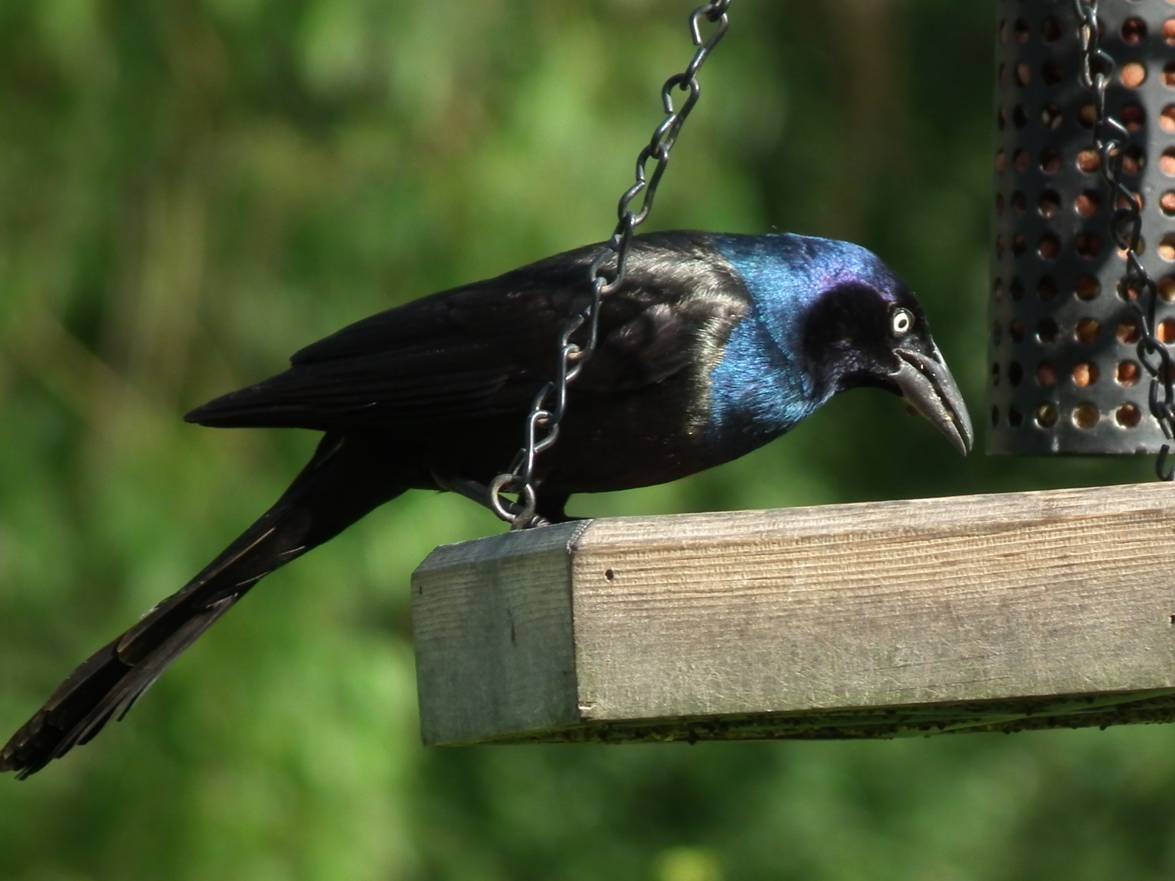 Photo By GeoffClarke , used under CC-BY-SA-3.0 /Cropped and compressed from original
Photo By GeoffClarke , used under CC-BY-SA-3.0 /Cropped and compressed from original Description
The common Grackle is a medium-sized blackbird that prefers open areas with widely-spaced trees. It produces a distinctive, loud, and unpleasant sound that is said to resemble rusty hinges on the gate. This bird is highly sociable and it's rarely seen alone. Being a regular visitor of urban and suburban areas, this clever crafter uses numerous man-made materials to make its nest. Due to its preference for various foods, including berries and crops, it's considered a pest by farmers.
Size
28 - 34 cm
Life Expectancy
22 years
Nest Placement
Tree
Clutch Size
1 - 7 eggs
Incubation Period
1 - 2 broods
Number of Broods
11 - 15 days
Nestling Period
10 - 17 days
Feeding Habits
Common Grackle forage on ground, in water or shrubs, and may pilfer food from other birds. Their omnivorous diet includes seeds, fruits, insects, crustaceans, mollusks, fish, amphibians, mice, and other birds. They scavenge and eat from feeders, favoring scattered seeds and grains.
Habitat
Common Grackle occupy a range of habitats including forests, wetlands, and grasslands, with a preference for open to semi-open areas. They typically nest in areas with scattered trees, particularly near water, and forage on open ground. While they avoid large unbroken forests, they are highly adaptable to human-disturbed areas such as agricultural lands and urban parks.
Nest Behavior
Nest site selection and building is led by the female common Grackle, sometimes with the male's assistance. Building can range from one to six weeks. After laying eggs, both parents engage in caring for their young, with the timing of these activities varying among individuals within the species.
Nest Characteristics
Common Grackle's nest is typically situated high in a coniferous tree, potentially between two limbs or on a horizontal branch, though locations can vary. Built by the female, the bulky cup-like nest is constructed from twigs, leaves, and grass, incorporating materials like paper, string, and mud, and is lined with fine grasses and horse hair. The nest measures 6-9 inches across and 3-9 inches deep.
Dite type
Omnivorous
People often ask
General Info
Feeding Habits
Bird food type

Black Oil Sunflower Seeds

Hulled Sunflower Seeds

Safflower

Suet
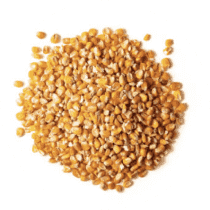
Cracked Corn
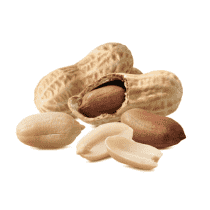
Peanuts
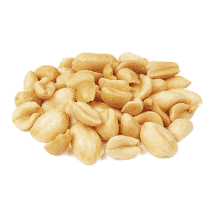
Peanut Hearts

Fruit

Millet
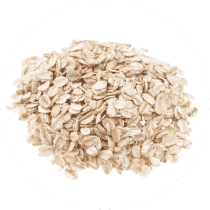
Oats

Milo
Bird Feeder Type

Large Hopper

Platform

Ground
Behavior
Common Grackle display a social and boisterous nature, frequently forming flocks with various blackbirds, particularly in winter. Their daily activities consist of foraging dominantly on the ground, while for roosting, they prefer elevated positions such as treetops or power lines. During breeding season, common Grackle exhibit unique communal nesting habits with limited territorial behaviors, sometimes forming colonies with numerous pairs. Mating rituals include distinctive playful chases, varying from group pursuits to paired, conspicuous flights. Common Grackle's typical flight is characterized by direct paths and rigid wings.
Distribution Area
The breeding habitat is open and semiopen areas across North America east of the Rocky Mountains. permanent resident in much of its range. Northern birds migrate in flocks to the Southeastern United States. 
Species Status
Not globally threatened.